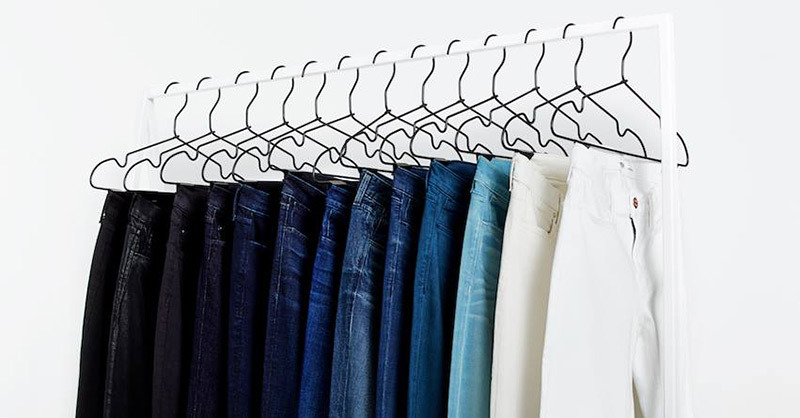Consumers have become more aware of the true price of their favorite branded apparel. More people are demanding sustainable ways to dress themselves. According to one report, secondhand clothing could overtake fast fashion in sales within 10 years. The time is ripe for fast fashion brands to address the injustices at the root of their operations — or risk losing our business.Why should clothing brands be addressing environmental and social problems? Because they’re one of the biggest contributors to them.
The global fashion industry produces clothes cheaply and quickly. But fast fashion isn’t really cheap — it comes with immense social, environmental, and economic costs. You can read more about those costs here, but here’s a snapshot:
● Fashion companies generate 1.26 tons of carbon every year or 10 percent of global greenhouse gas emissions
● Fast fashion’s wear-and-waste culture causes 11 million tons of clothing to be trashed every year in the U.S. alone
● Fast fashion brands produce mostly in developing countries, where they exploit cheap labor and lax environmental regulations. But almost the entirety of their profits end up outside of these countries, and local communities miss out on opportunities for growth.
● Clothing production fills water supplies with micro plastics and toxic chemicals, exposing local people to carcinogens and other health hazards
● Garment workers are held to strict quotas and overworked (with no overtime pay). These draconian policies lead to devastating consequences for workers who are just trying to support their families.
How fast fashion brands can become allies to workers and the environment
Today, clothing production is outsourced, and then outsourced again, until there are multiple degrees of separation between brands and the people actually making garments. This means there’s more room to shift accountability to someone else when the media catches wind of malpractice. But this shirking of responsibility needs to stop. Fast fashion brands need to try harder to enforce standards along their supply chains.
Here are a few ways they can do this:
Advocate for — and give us — quality over quantity
People didn’t start demanding more and cheaper clothes overnight. Appealing advertising and increasingly rock-bottom prices pulled us into a fantasy about how we could look — and how little money we could spend achieving that look.
But if you’ve ever bought a dress on sale only to wear it once, or unloaded piles of unwanted clothes at a donation center, you know the fantasy isn’t real. We might feel like we’re getting great deals when we buy fast fashion, but we’re really spending money on garments with a fast-approaching expiration date.
Just like they played a role in making us view clothing as disposable, brands can now play a role in helping us cherish our clothes. In turn, we might become more willing to pay a little more for garments because we value them and trust in their longevity.
Nurture transparency and better communication along the supply chain
Brands need better ways of communicating and enforcing standards — with their manufacturers, producers, and raw material suppliers.
They should establish healthy expectations — not sky-high quotas — so their partners aren’t pressured to produce beyond their capacity and can do away with outdated treatment of their workers (like forced overtime).
Fashion brands should also make information about their supply chains publicly available so consumers can hold manufacturers accountable.
Collaborate with partners to monitor and reduce resource use
Using water, energy, and chemicals more sparingly and effectively is a responsibility that clothing brands should adopt at every stage in their supply chains. Better communication is key. Brands should be working with their partners every step of the way to create a production ecosystem where information and technology are shared openly. When the smaller companies supplying to big fashion labels feel protected and empowered, they’re more likely to put the time and effort into finding environmentally sustainable solutions.
Create clothes with upcycling in mind
73 percent of the world’s clothing ends up in landfills.To make sure this doesn’t happen, brands should invest less in trendy pieces and more in classic, durable garments that will last more than a year.
Instead of tossing unsold inventory, brands can creatively recycle it for a profit. Fast fashion brands like Urban Outfitters have already caught onto this idea. They repurpose fabrics from vintage, deadstock and surplus materials to create new, one-of-a-kind pieces. H&M’s Conscious Exclusive collection is another example of fast fashion brands moving into “closed-loop” fashion that’s better for the environment.
It’s hard to say how genuine these efforts are, but they’re a good start to changing how we think about fashion: From disposable to enduring; from trendy to timeless.
Project Ropa is a nonprofit that employs people transitioning out of homelessness to create wearable art using deadstock materials. All of our clothing is made in Los Angeles. Learn more about our socially conscious clothing line here.
Written by: Janie Ryan
Photo credit AYR




